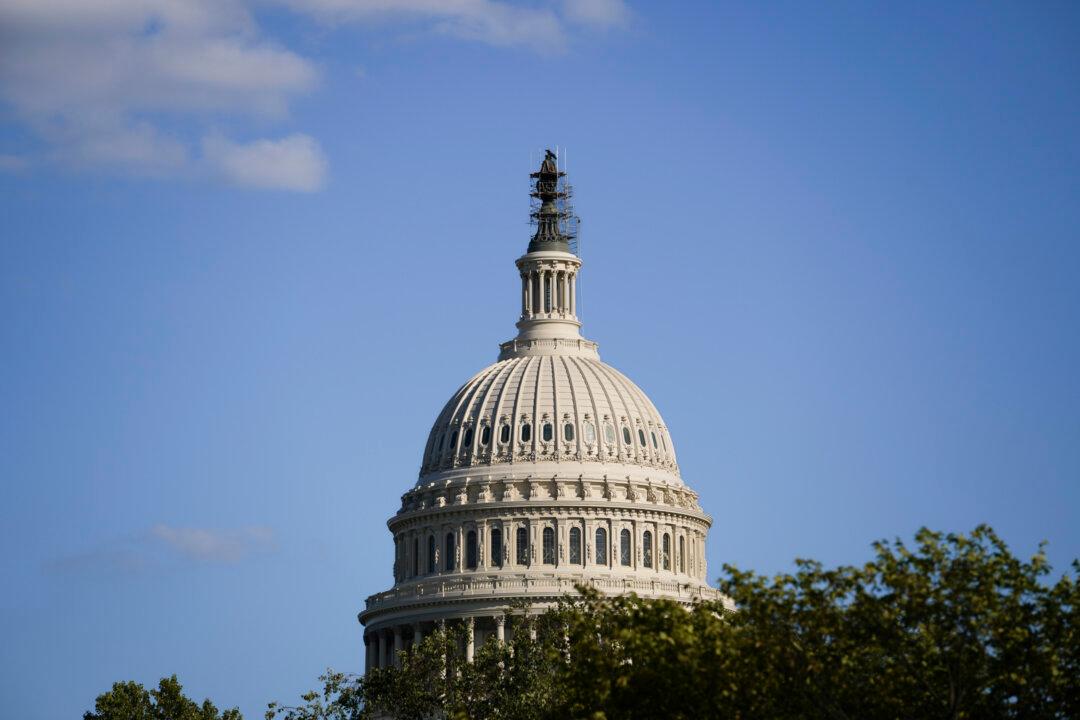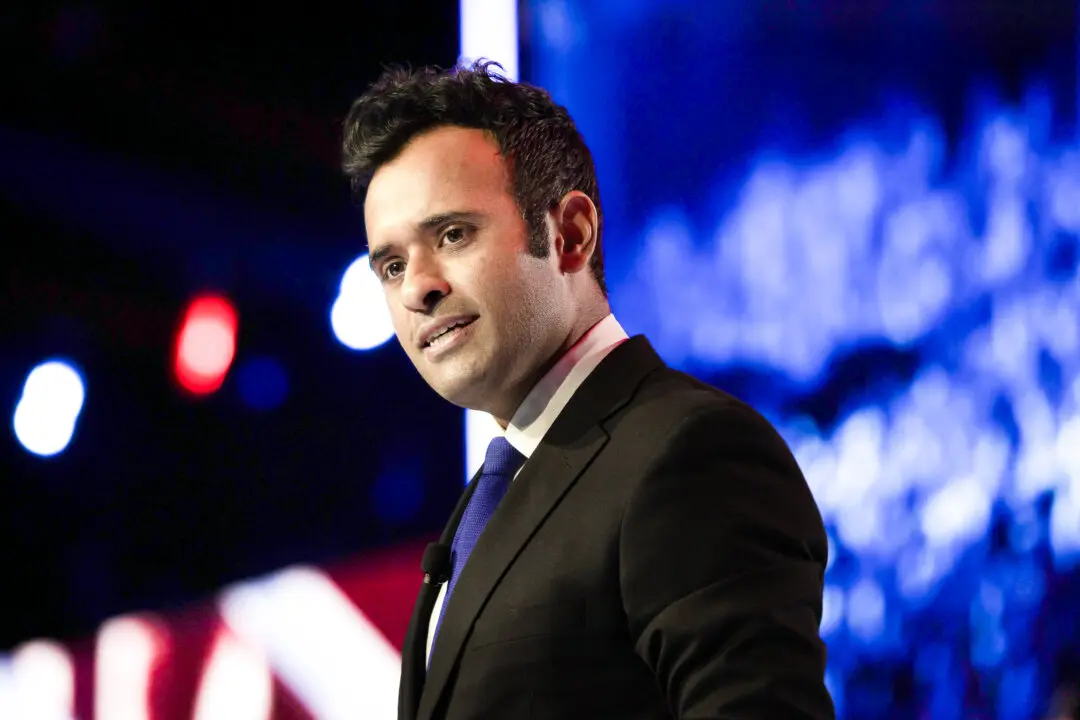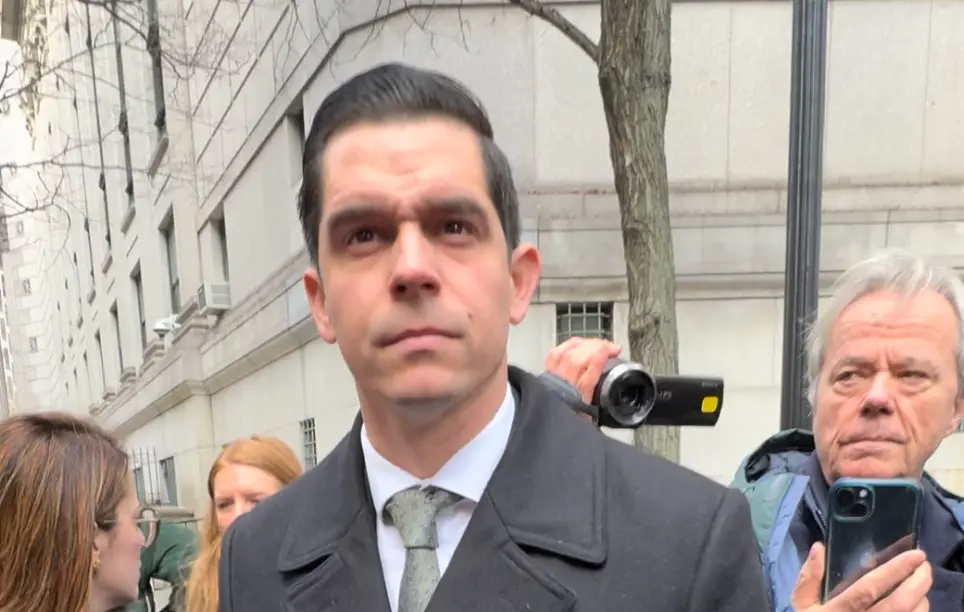The Problem Solvers Caucus of the House of Representatives on Sept. 27 released an appropriations framework as the U.S. government is four days away from a shutdown.
The framework has four steps: passing a continuing resolution (CR) to fund the government beyond Sept. 30, which is the last day of the federal fiscal year, so that there can be long-term appropriations by January 2024; passing an appropriations bill in January to run until the following Oct. 1, which is the start of the federal fiscal year; have reforms surrounding appropriations; and put forth debt and deficit reduction reforms.





